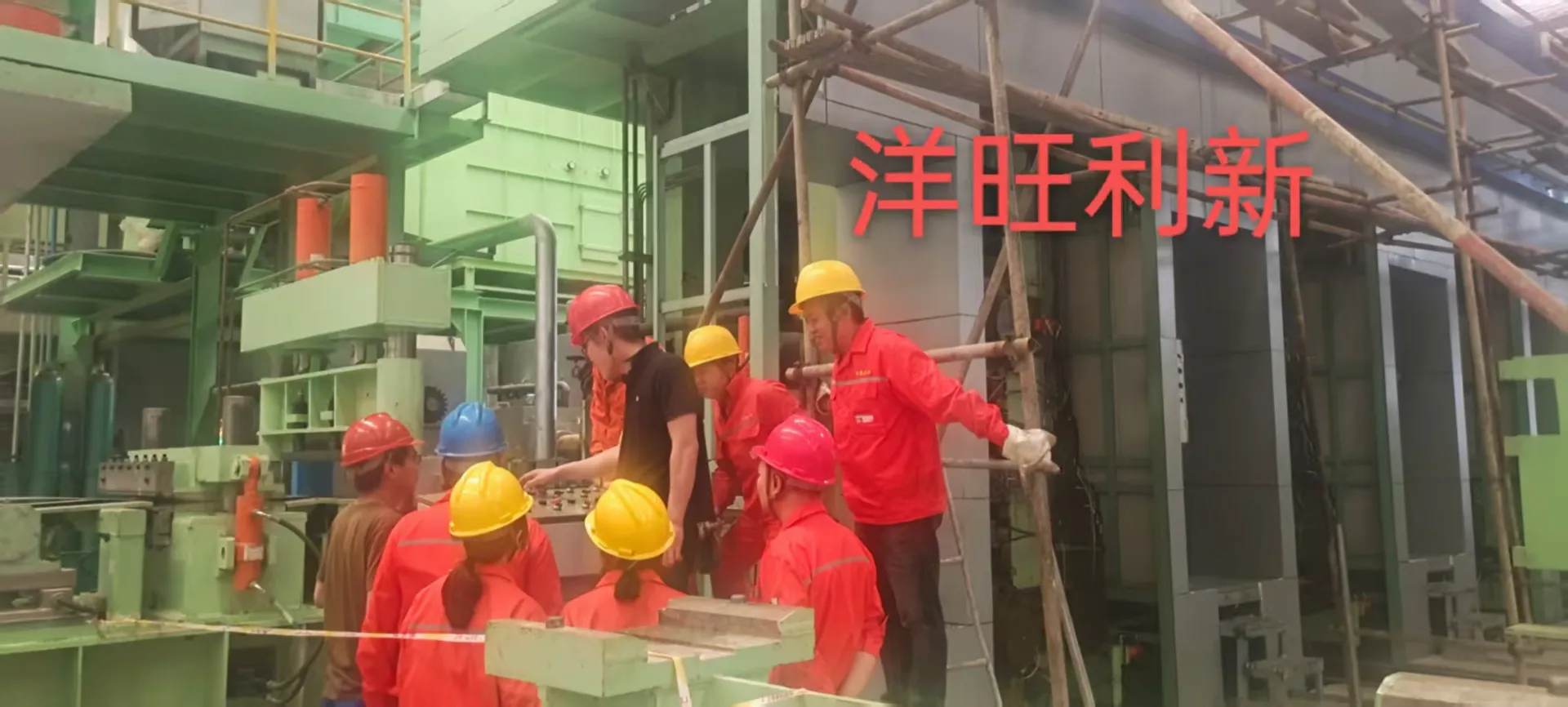
Hot Strip Mill Process Fundamentals
At the heart of this operation lies a precisely orchestrated sequence where slabs reheated to approximately 1250°C undergo progressive thickness reduction across multiple rolling stands. The process begins with slab reheating in walking beam or pusher-type furnaces that establish uniform through-thickness temperatures critical for consistent deformation behavior.

As the radiantly heated slabs exit the furnace, high-pressure water descaling systems remove primary scale, ensuring superior surface quality before entering the roughing mill. This initial rolling stage reduces slab thickness from 200-300mm down to 30-50mm through a series of reversible passes, during which controlled width spreading occurs through sophisticated edger mill technology. The transfer bar then progresses to the finishing mill where seven consecutive rolling stands progressively reduce material thickness to final gauge, with interstand tension and sophisticated cooling systems precisely controlling the strip's metallurgical transformation.
Technological Evolution in Hot Rolling Machine Design
Hot strip mill manufacturers have driven remarkable technological advancements to address industry demands for higher productivity and improved product quality. Endless rolling technology represents one of the most significant breakthroughs, where welding successive slabs during rolling creates a continuous strip that eliminates productivity losses during coil transitions. New work roll materials featuring advanced steel grades or composite materials extend roll life significantly while maintaining superior surface finish capabilities.
The development of ultra-compact mill designs has revolutionized the hot rolling mill price equation, allowing smaller producers to install capable rolling facilities with reduced footprint and capital expenditure. Energy efficiency innovations include regenerative braking systems that capture deceleration energy from large mill motors, while waste heat recovery installations repurpose exhaust gases from reheating furnaces. Perhaps most transformative has been the integration of Industry 4.0 technologies, where digital twins of the entire hot rolling process enable virtual optimization before physical implementation, and machine learning algorithms continuously refine rolling strategies based on historical performance data.
Quality Assurance in Hot Rolling Mill Operations
The demanding quality requirements of modern steel products necessitate comprehensive monitoring throughout the hot strip mill process. Automated surface inspection systems employing advanced spectroscopy and 3D laser scanning detect and classify surface defects with sub-millimeter resolution, enabling immediate process adjustments. Thickness control has advanced beyond traditional x-ray gauge measurement to incorporate predictive models that account for roll thermal expansion and mill stretch dynamics.
Advanced cooling control systems now employ real-time phase transformation monitoring through electromagnetic sensors, ensuring consistent mechanical properties across the entire coil length. The implementation of full-width profile scanners allows for closed-loop control of roll bending systems, maintaining flatness tolerances within 10 I-units even during rolling speed transitions. These quality systems integrate seamlessly with product tracking databases, creating complete quality histories for each coil that support continuous improvement initiatives and customer quality documentation requirements.
-
Indian Clients Visit YWLX to Inspect Skin-pass MillNewsJun.22,2025
-
Typical Products from Reversing Cold Rolling ProcessNewsMay.26,2025
-
Surface Finish Improvement through Skin Pass RollingNewsMay.26,2025
-
Integration of AGC Systems in Modern Cold Rolling MillsNewsMay.26,2025
-
Cold Rolling in the Context of High-Strength Steel DemandNewsMay.26,2025
-
AGC in Hot Rolling Mills: Challenges and SolutionsNewsMay.26,2025
-
Why Reversing Cold Rolling Mills Are Ideal for Specialty MetalsNewsMay.13,2025










